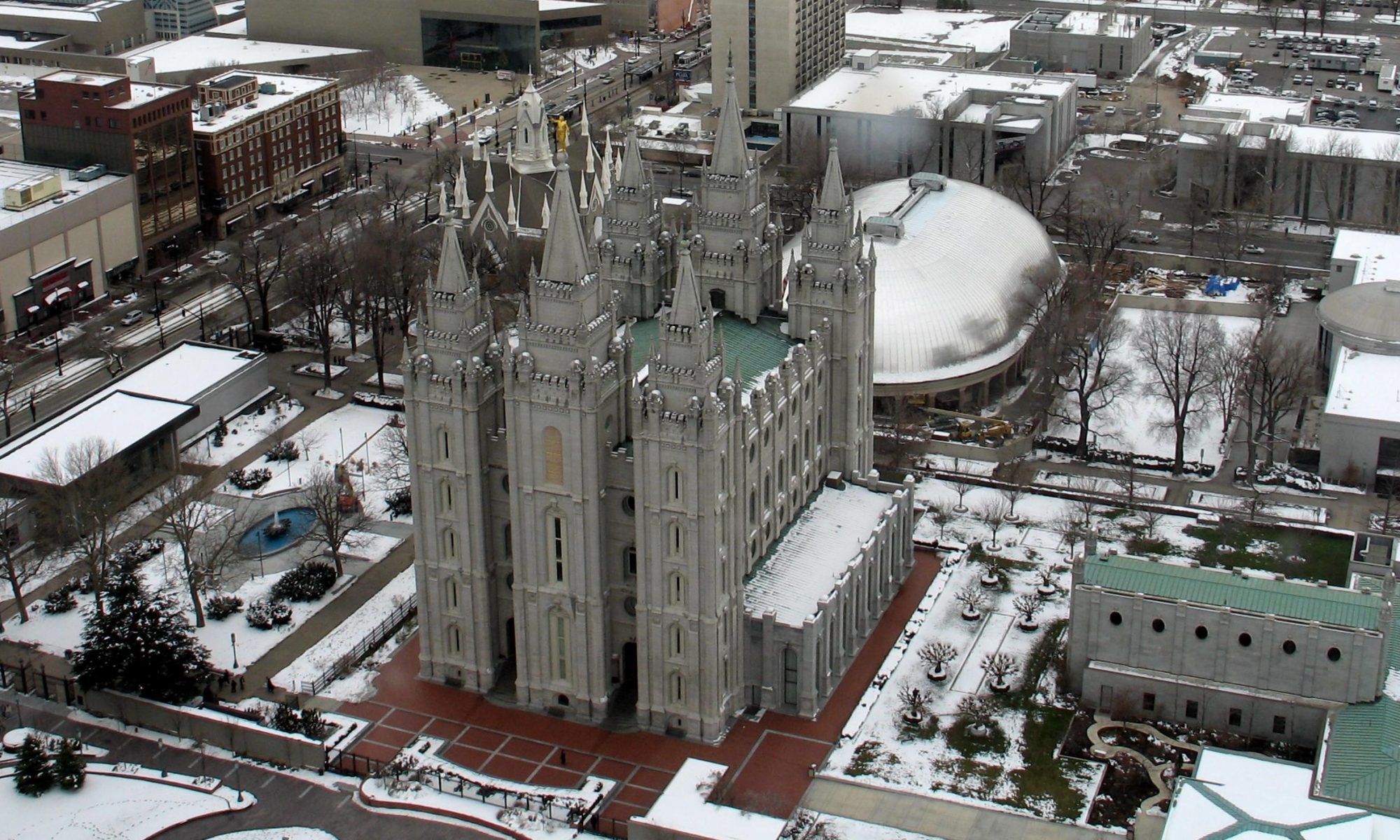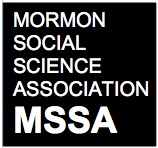Q: I am beginning research on the conversion experience of women to the LDS church in the 19th century. I am wondering if there is any work that has been done on the meaning of conversion in the LDS church and the sociology behind conversion. Specifically I am looking for information on what conversion means to Mormons and what inspires conversion.
A number of MSSA members responded with suggestions.
Richley Crapo suggested,
I’m showing my age here, but there’s an old, old book by Anthony Wallace (“Personality”) that includes some material on what he called “mazeway resynthesis” which may be of use in talking about the psychology of religious conversion.
Michael Nielsen suggested,
You may want to consider why and whether conversions to Mormonism are or would be be different from conversion to other faiths. From a social science perspective, I don’t immediately see why there might be a difference. If you don’t think there is a difference, you might profitably broaden your literature review to address the 19th century in general. There might be some worthwhile literature in Armand Mauss’s chapter in Allen, Walker & Whittaker’s “Studies in Mormon History” published by U. Illinois press.
John Hoffman suggested,
My work on Japanese Mormons (esp. Chapters 3-4) and Henri Gooren’s work on Guatemalan and Nicaraguan members (see, in particular, his articles in Dialogue and his book on Conversion Careers [which might not be out yet]) provide a couple of contexts, though not a U.S. context. There’s also a Mormon converts website (mormonconverts.com) that has interesting anecdotes, though not sociological. Stark and Bainbridge’s article Networks of Faith (AJS 85: 1376-95, 1980) mentions Mormon conversions as consistent with their more general theory (I think). A Google Scholar search turns up a few other scholarly treatments that might be useful to Katherine (e.g., Seggar and Kunz, 1972, Review of Religious Research; Paloutzian, Richardson, & Rambo, Journal of Personality, 1999).
Armand Mauss suggested,
If Katherine is just starting, she should start at the beginning, which would be the massive bibliography by Allen, Walker, and Whittaker, Studies in Mormon History, 1830-1997. Within that bibliography, she should consult the topical sections on Conversion, Biographies, Autobiographies, Women, and then Section 4-C in the Social Science portion at the end of this big bibliography (this is available on the MSSA website). This much will get her into the literature on 19th-century Mormon women and their conversion stories, as well as the relatively small literature on conversion models and processes among Mormons in particular. Some contemporary experts on womens’ conversions in the 19th century are Claudia Bushman, Carol Cornwall Madsen, Jill Mulvay Derr, and Maureen U. Beecher, all of whom should be consulted by name in the alphabetical portion of the big bibliography. Two useful collections containing accounts of early LDS women’s experiences, conversion and otherwise, are Claudia Bushman (ed.), Mormon Sisters: Women in Early Utah (2nd ed. 1997, USU Press) and Maureen U. Beecher & Lavina Fielding Anderson (eds.), Sisters in Spirit: Mormon Women in Historical and Cultural Perspective (U. of Illinois Press, 2d. ed. 1992). Katherine should also search the main journals in the sociology of religion (esp. JSSR and SR) for theoretical models of the conversion process. Among the most recent work of this kind is Henri Gooren’s, so he should be asked to offer his suggestions. I have attached herewith the bibliography from one of the latest drafts of Henri’s new book manuscript on “conversion careers,” which appears to me to contain the major articles and books on conversion from the social science literature of the past three or four decades. Of course, this attachment should not be passed on to Katherine without Henri’s permission, but I doubt that he would care. Preferably, an updated version would come directly from him, so be sure he is asked. Anyway, that’s what comes to mind for me on first consideration. This much will at least get her started.
Richard Bennett suggested,
Here are some possible sources on conversion in LDS history:
- O.Bannion, J. A., “The Convert as Social Type: A Critical Assessment of the Snow-Machalek conversion typology as Applied to British Mormon Converts.” (Master’s thesis, 1998)
- Bradley, M. S. “Seizing Sacred Space: Women’s Engagement in Early Mormonism.” (Dialogue, 1994)
- Black, Susan Easton. Ed. Stories from the Early Saints: Converted by the Book of Mormon. 1992
- Maxfield, M. R. “The Book of Mormon and the Conversion Process to the Church of Jesus Christ of Latter-day Saints.” (Ph.D. dissertation, 1976)
- Charney, L. A. “Religious Conversion: A Longitudinal Study.” (Ph.D. dissertation, 1988).
In addition, we have a graduate student here at BYU named Andrea Erickson who has written on the topic of Spiritual Instruction among early LDS women from 1832-1842. You might want to contact her.
Henri Gooren suggested,
In addition to my Dialogue articles, there are also parts in my dissertation on the LDS conversion process in Guatemala City. See Henri Gooren, Rich among the Poor: Church, Firm, and Household among Small-Scale Entrepreneurs in Guatemala City. Amsterdam: Thela, 1999. My Conversion Careers book is still under review at two presses, but it has a huge review of conversion literature. Part of this is also included in my new JSSR article in the current issue 46 (3). Other works where LDS conversion comes up are the Shepherds’ Mormon Passage: A Missionary Chronicle (U Illinois, 1998) and an article on (folklore surrounding) LDS conversion stories by Eric Eliason at BYU (English department). There’s also a historical book called Amazing Conversion Stories … From the Church of JC of LDS. It contains mostly 19th Century conversion stories, so it might interest her. I don’t have the reference here, although it’s in my Conversion Careers book.
David Knowlton suggested,
My masters thesis, at the University of Texas, also has a section on conversion and the problems of a phenomenology of Mormon conversion in the context of an indigenous culture, since it deals with Mormonism among Aymara speakers in Bolivia.
Jessie Embry and Janiece Johnson suggested the following,
Janiece Johnson published an article and wrote a thesis using women’s letters from the nineteenth century that might be of interest. Here are the citations for the article and thesis. The article includes five letters and the thesis 18. “‘Give Up All and Follow Your Lord’: Lucy Mack Smith, Rebecca Swain Williams, Phebe Crosby Peck, Melissa Morgan Dodge, and Olive Boynton Hale, 1831-1841,” BYU Studies 41:1 (Winter 2002), 77-107.”‘Give It All Up and Follow Your Lord’: Mormon Female Religiosity, 1831-1843″ M.A. Thesis, Department of History, BYU, 2001.

